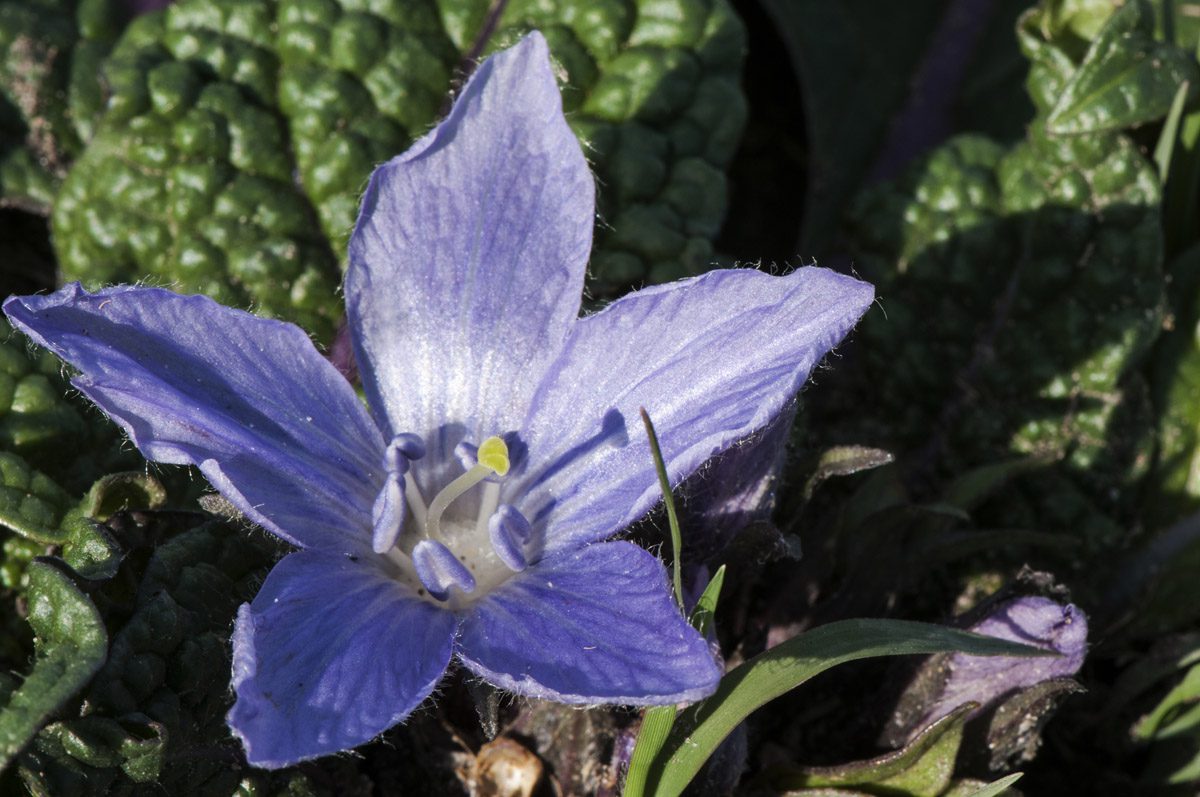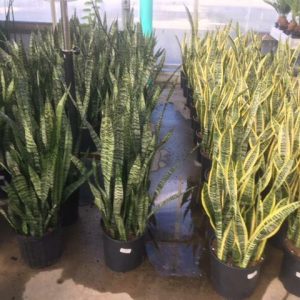Description
Mandragora – Mandrake –
There are 6 species of low growing perennials, with fleshy taproots in this genus. They occur in dry, stony areas from the Mediterranean region to the Himalayas. They produce large basal rosettes of ovate to lance shaped leaves, and are grown for their stemless or short stemmed, pale blue tubular to bell shaped, spring borne flowers, with triangular lobes, held singly or in basal clusters. Flowers are followed by yellow fleshy fruits which are spherical or ellipsoid. Much lore surrounds the vaguely anthropomorphic roots of certain mandrakes. The narcotic and hallucinogenic properties of M. officinarum have been employed for various purposes including surgery and witchcraft in medieval times. Grow in a rock garden or at the base of a warm, sunny wall. Alkaloids in the plant may be harmful if ingested.
Grow in deep, moderately fertile, humus rich, well drained soil in full sun or part shade. Shelter from cold, drying winds and protect from excessive winter moisture. Avoid disturbance once established.
Prone to slugs and snails.
M. autumnalis – Autumn Mandrake – This perennial from Portugal, Spain, and the Eastern Mediterranean grows 6″ tall and 12″ wide. It produces rosettes of oblong to lance shaped, dark green leaves, to 10″ long. From autumn to winter it bears basal clusters of tubular-bell shaped, violet or white flowers, to 1 1/4″ across, often with green or white streaks, followed by ellipsoid, orange or yellow fruit, to 1 1/4″ long.
Zones 5-8





